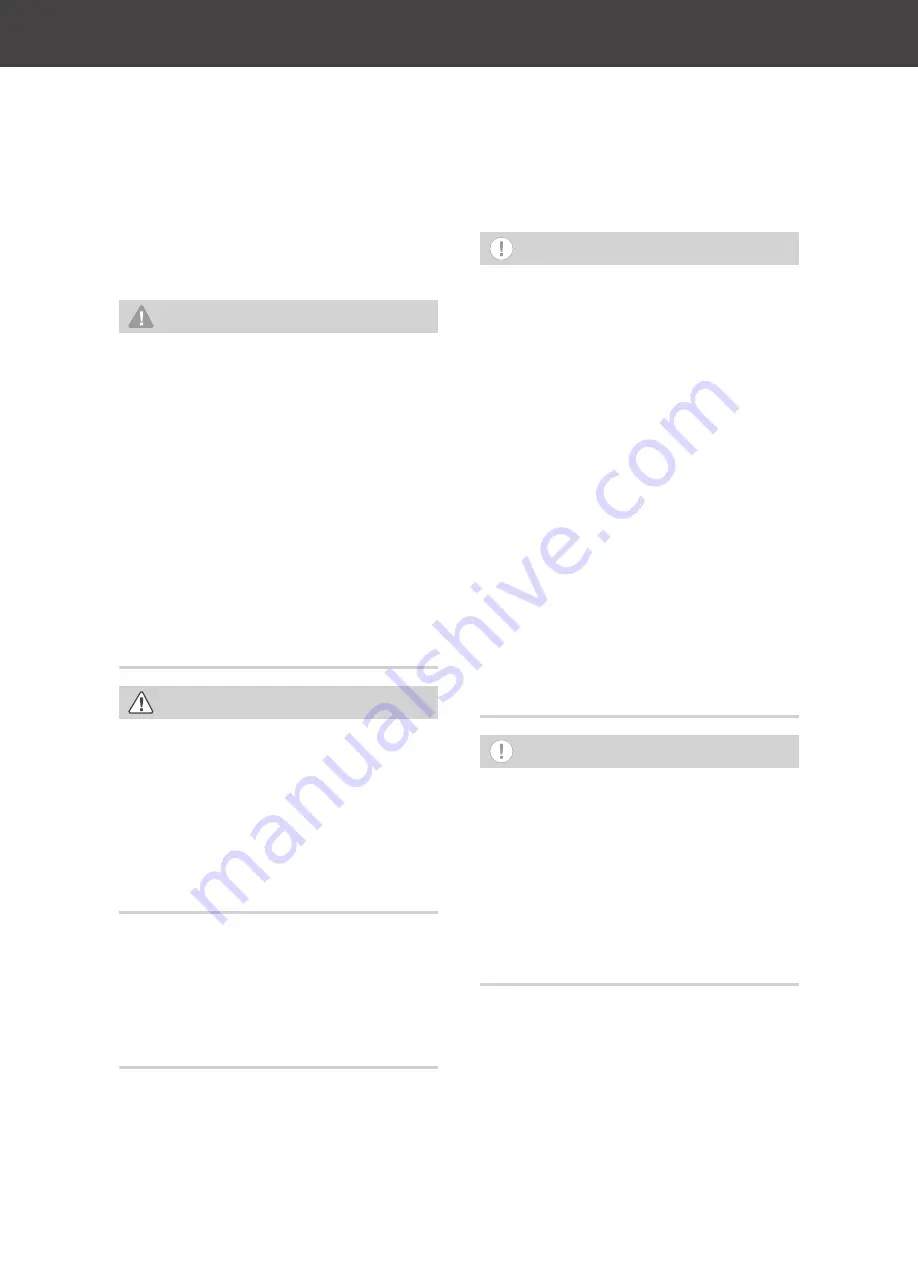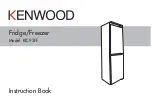
Care and maintenance
Page EN-18
Defrosting and cleaning the
chest freezer
WARNING
Risk of explosion and injury!
Improper handling of the appliance can
lead to serious injuries and damage!
■
The thermal insulation of your ap-
pliance is made of sensitive insulat-
ing material. Therefore, do not use
any electrical heating equipment, ice
scrapers, knives, defrosting sprays,
boiling water or any kind of aid with
an naked fl ame, for example candles,
to speed up the defrosting process.
The thermal insulation and the interi-
or are scratch and heat-sensitive and
can melt.
CAUTION
Risk of injury!
Improper handling of the appliance
can lead to skin damage and injuries.
■
Never touch the inside walls or frozen
food with wet hands. Skin damage
can occur even with dry skin.
■
Use a dry towel to remove the frozen
food.
Health hazard!
An increase in the temperature of the
frozen food during defrosting can short-
en the shelf-life of the frozen food.
■
Ensure that the frozen food is kept
suffi ciently cool during defrosting.
NOTICE
Risk of damage!
The surfaces and appliance parts can be
damaged through improper handling.
■
Never use soap, sharp, granular, soda
or solvent-based or abrasive cleaning
agents. All-purpose cleaners with a
neutral pH are recommended.
■
The surfaces can be damaged by un-
suitable cleaning agents. Use care
products only on the outer surfaces.
■
Use only soft cloths.
■
Defrost the appliance before it forms
a layer of ice and frost of more than
5 mm. Excessive ice formation inside
the appliance can break the door.
■
Do not use mechanical devices or oth-
er means to accelerate the defrost-
ing process, other than those recom-
mended by the manufacturer.
NOTICE
Defrost the freezer in winter when the
outside temperature is low. You can
then store the food on a balcony or sim-
ilar while you are cleaning the freezer.
Otherwise, you can wrap the frozen
food thickly in newspaper and place it
in another freezer in a cool room. You
also have the option of using an insu-
lated bag.












































